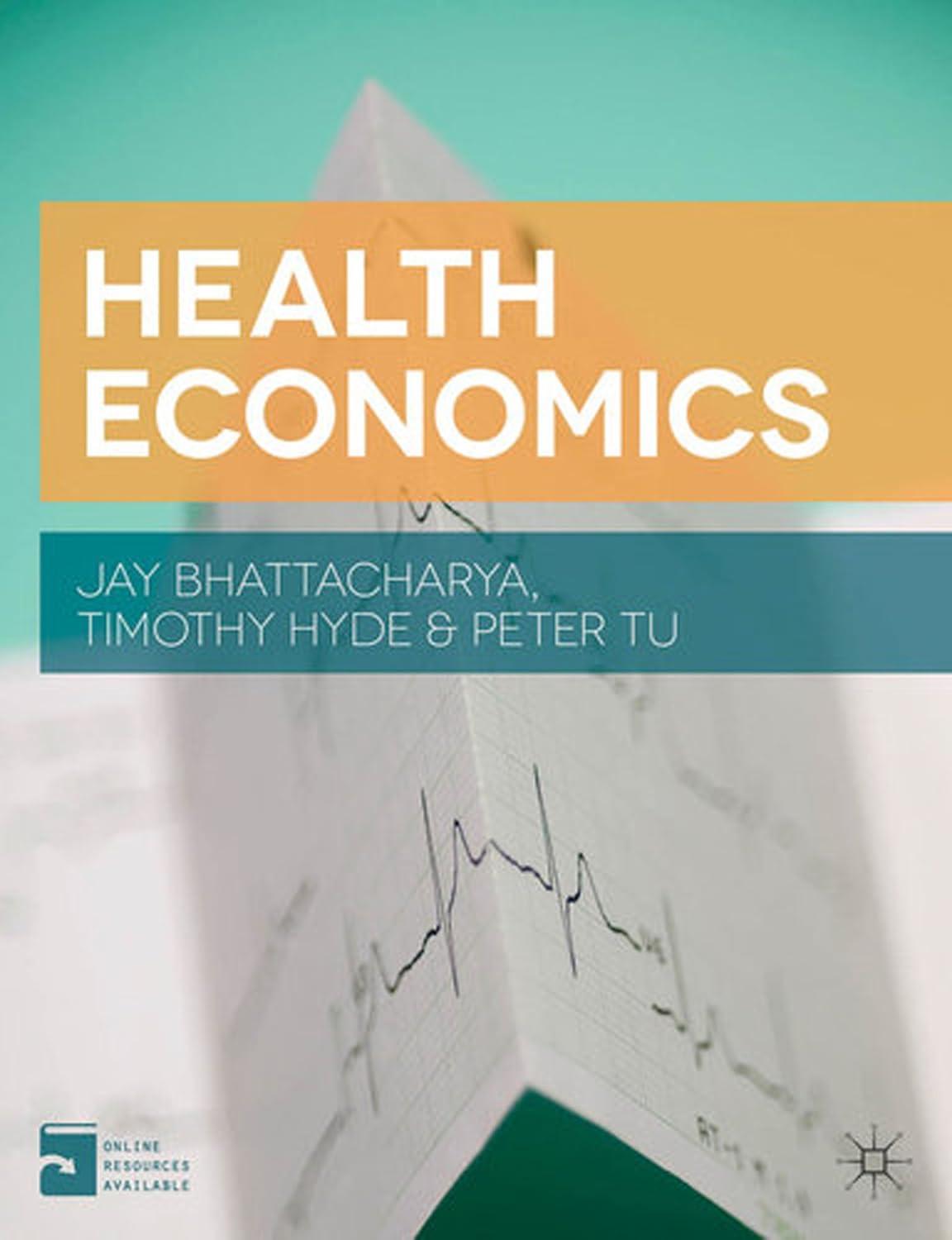The SIR-style diagram in Figure 21.8 demonstrates the dynamics of a new disease called fictitia that is
Question:
The SIR-style diagram in Figure 21.8 demonstrates the dynamics of a new disease called fictitia that is sweeping the nation. Fictitia is different from the disease we diagrammed in Section 21. 2 in a number of ways:
![Birth Susceptible Ad St Atst [31,-h(p.)] St Infected Ad, It Death Figure 21.8. The SIR model space for](https://dsd5zvtm8ll6.cloudfront.net/images/question_images/1702/8/8/7/97265800224e97c61702887972588.jpg) • There is no vaccine for fictitia and no way to recover from it, so there is no recovered population.
• There is no vaccine for fictitia and no way to recover from it, so there is no recovered population.
• Fictitia renders patients sterile, so the birth rate is proportional to the size of the susceptible population, not the whole population.
• Fortunately, there are some costly self-protective activities h that people can take to avoid contracting fictitia. Their rate of use depends on both the cost of the activities p and the prevalence of the disease It. Specifically, the rate of use h(p, It) = C − αp + γIt for constant C.
a. Given these assumptions about the fictitia epidemic, write down the two laws of motion for St and It in terms of St, It, C, p, α, β, γ, and the λs.
b. What conditions must be true if the populations of infected and uninfected people are in steady state (that is, they do not change over time)?
c. Assume γ = 0. Interpret this assumption.
d. Now assumeγ > β. Interpret this assumption.
e. Assuming γ > β, solve for I∗ as a function of C, p, α, β, γ, and the λs.
f. How does a change in the price of p affect the steady-state level of I∗?
Step by Step Answer:






